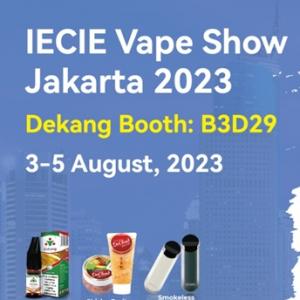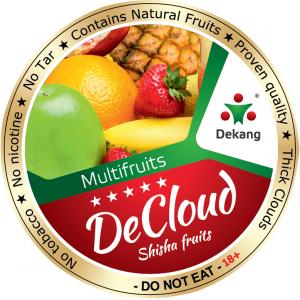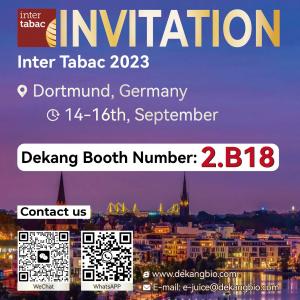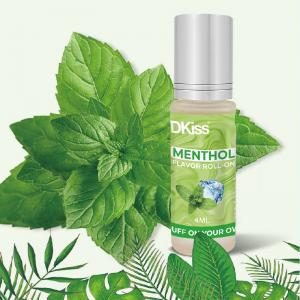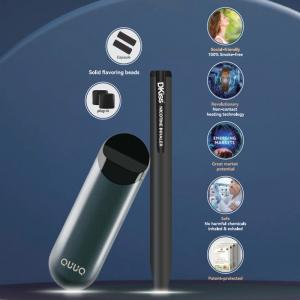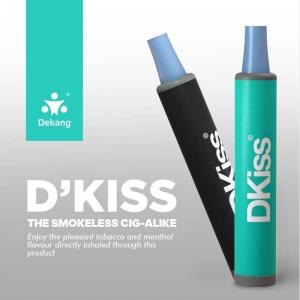ISO-9001:2015 & HACCP certification
We will continue to improve the way we conduct our day-to-day business. And having ISO 9001:2015 & HACCP as a tool along With yearly audits from notifying body, will help us to reach our defined goals within quality for both service and product towards our customers and partners.
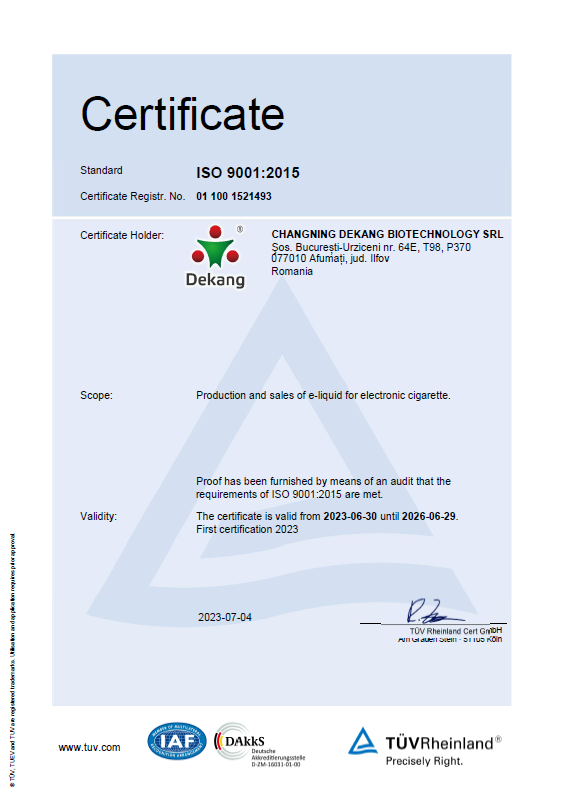
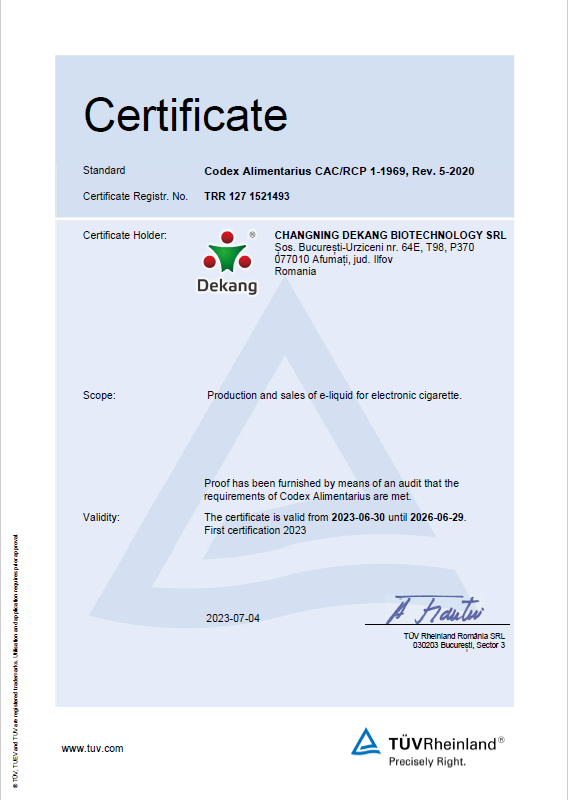
The 5 key elements of good manufacturing and their relevance to ISO 9001 requirements
The key components of Good Manufacturing Practices are known as the 5Ps – People, Products and Primary Materials, Processes, Procedures and Premises and Equipment. These elements work as a guideline to manage each step of the manufacturing process, ensuring that the final product’s quality and safety standards can be achieved.
As mentioned before, the GMP components are similar to many requirements of the ISO 9001 Standard. The table below shows this correlation very clearly:
No alt text provided for this image
Keep reading to get a better understanding of each of the GMP key elements:

1. People
Every manufacturing business requires people to perform its activities, and it’s up to management to define specific roles and responsibilities that are in line with the business goals.
Developing a training plan makes it easier to identify competencies and manage the needs of all employees, crossing it with talent gaps and people’s aspirations. Conducting regular performance reviews is another process that a business could establish, and improvements in productivity and performance are expected outcomes from this approach.
2. Products and Primary Materials
This is the most critical component of both GMP and ISO 9001:2015. After all, the quality of the product is determined by the primary materials and their course during the production activities. As such, the business should integrate Quality Control throughout all production stages.
ISO 9001 takes a risk-based approach in every area of your business. A Risk Assessment should be conducted on each step of the business processes. Manufacturing risks should be identified from receiving raw materials until the product gets to the primary consumer. It is crucial to have measures in place for mitigating possible risks such as cross-contamination, adulteration, and mislabelling, which can result in negative consequences to the business, product and the customer.
Identified risks can be controlled or mitigated by implementing GMP. It will ensure that robust Quality Assurance processes are in place, which means constant or periodic sampling, verifying/testing, and results evaluation concerning the specifications as a part of the overall quality management system. Quality does not only focus on the final product but also focuses on monitoring and control throughout the processes. Hence, GMP can assist in reducing losses and waste while also protecting the organisation and its employees.
Having a robust Quality Management System in place is critical to help achieve Quality Objectives, which is one of the requirements of ISO 9001.
3. Processes
Both GMP and the ISO 9001 Standard emphasise the need to have documented processes and periodically audit them. A business should have consistent processes that are clearly documented and communicated with the employees to ensure compliance.
Having established processes makes it easier to identify and control risks and monitor and investigate deviations. It also promotes efficient knowledge sharing and ensures the business can maintain quality throughout all the process steps.
No alt text provided for this image
4. Procedures
In addition to the previous topic, Clause 7.5 of ISO 9001 and GMP require that the business documents its procedures. These can be guidelines, methods, flowcharts, steps of accomplishing critical tasks or processes.
Having documented procedures ensures consistent results, as any significant deviations that occur during manufacturing can be easily traced, investigated, and rectified. These are often called Standard Operating Procedures (SOPs) or Work Instructions.
Operators must be trained to carry out these procedures correctly and efficiently, completing relevant records for traceability purposes.
5. Premises and Equipment:
ISO 9001 Clause 7.1.4 requires the environment to be conducive for performing work. GMP correlates to this requirement by detailing the necessary requirements for facility management.
Manufacturing organisations should strive to build their facilities and equipment in a way that allows for proper cleaning and prevents cross-contamination. For instance, food manufacturing facilities should have cleaning and sanitation schedules and programs in place to ensure the elimination of microbes.
Electrical power, lighting, temperature, humidity, and airflow must all be adequate and not have a negative impact, directly or indirectly, on the products and the people through their manufacture and storage, or the correct functioning of equipment.
Pest control is crucial in manufacturing premises, so a control schedule should be established to keep mice and any other undesired animals out of the facilities, as well as a drainage system and a plan that guarantees all access points are closed or sealed. Equipment maintenance and calibration must be done on a regular basis, performed by trained and competent personnel, who should keep records of it all.
The ISO 9001:2015 Standard also requires the business to have a maintenance and calibration program in place. This is necessary for the verification and validation of results, especially concerning laboratory tests.

